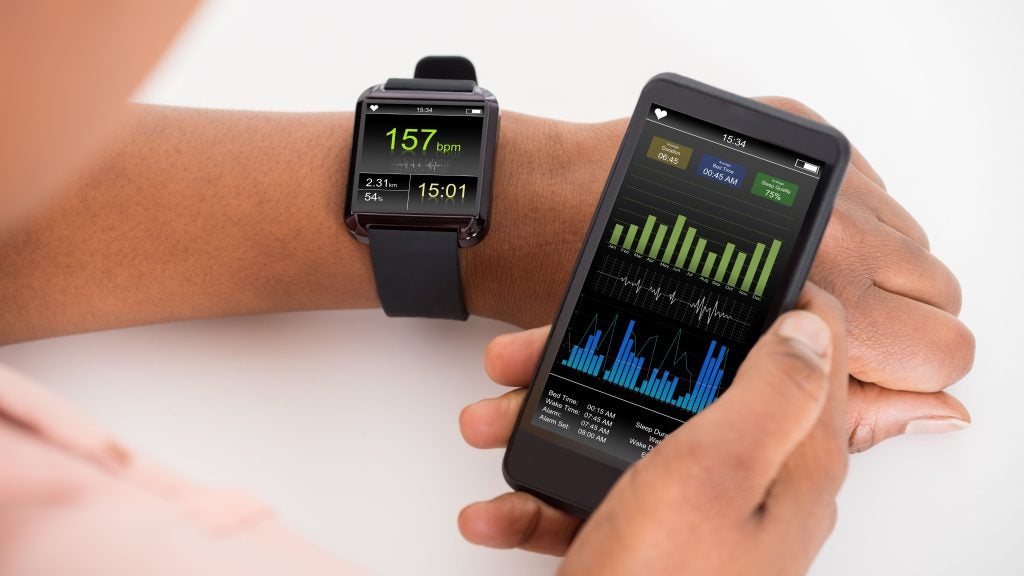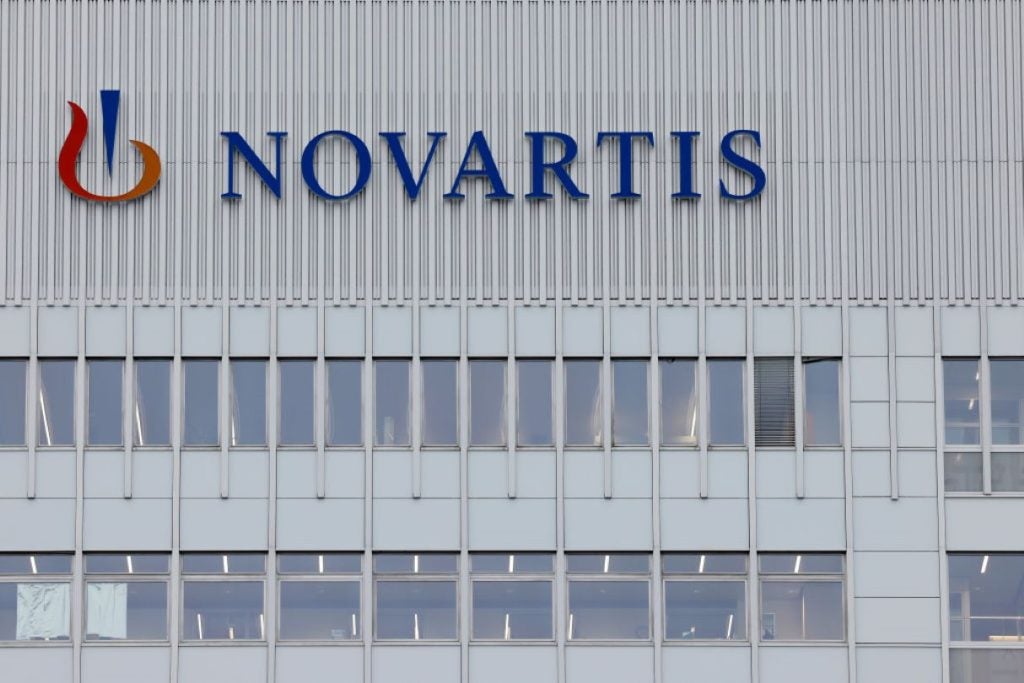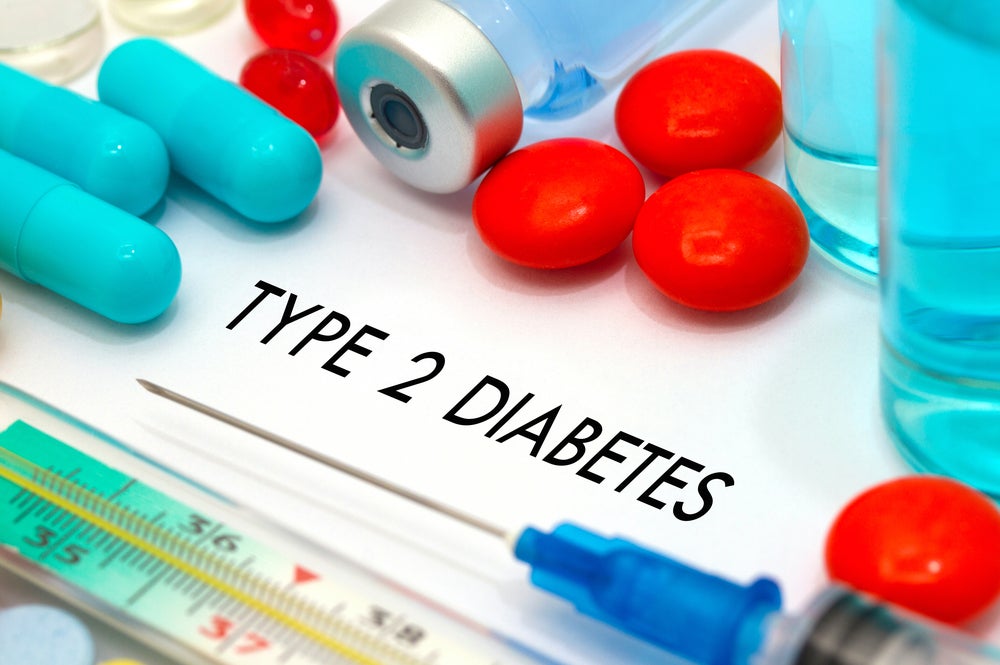When planning a trial, transporting clinical products can often be an afterthought. With all the excitement that comes with drug discovery, finding a site, and recruiting patients, the logistics of transporting supplies can come low on the list of priorities. Here’s a list of things to consider when shifting your product from A to B.
Planning communication
The first thing to remember is that communication is fundamental. There’s no telling what could happen at any given time. So early inclusion of all parties involved from the transport provider to the consignee is vital. Be aware of all the regulatory requirements when shipping products, such as per shipment licenses. Prepare detailed customs invoices, which differ from country to country. Understand the high value import requirements, such as power of attorney, and be sure to obtain a customs bond. In certain countries, you will be required to show a certificate of analysis and a certificate of origin upon arrival. Be aware of any country specific documents you may need, such as a Value Evidence Certificate, which you’d need for entry into India.
Ultimately, once all the regulatory paperwork has been filled out:
1. Establish the desired product temperature range;
2. Assess the product payload;
3. Assess proper packaging and pack-out;
4. Assess the transit temperature profile: Origin, Transfer and Destination;
5. Ensure supplies for replenishment are ready in route and,
6. Evaluate and control risk factors.
Packaging
For packaging products, always assess your shipping options, from insulated shipping to pallet shipping. There’s also what’s known as validatedtopre-qualified shipping. If you have a product you can’t take any chances with, validated shipping offers more reliable results, is tested for a specific transit, and is tested under controlled conditions for a specific payload. However, validated shipping is expensive. Meanwhile, pre-qualified shipping is less expensive and more "Off-the-shelf". While this kind of shipping is not transit specific, it is tested under extreme hot and cold conditions and delivers reliable results.
See Also:
However, sometimes packaging isn’t always enough. Temperature excursions can often derail the progress of a clinical trial. Some of the common causes for temperature excursions include:
How well do you really know your competitors?
Access the most comprehensive Company Profiles on the market, powered by GlobalData. Save hours of research. Gain competitive edge.

Thank you!
Your download email will arrive shortly
Not ready to buy yet? Download a free sample
We are confident about the unique quality of our Company Profiles. However, we want you to make the most beneficial decision for your business, so we offer a free sample that you can download by submitting the below form
By GlobalData1. Insufficient packaging;
2. Refrigerants are poorly conditioned;
3. Failure to account for ambient exposure;
4. Storage/replenishment capabilities during clearance;
Although temperature excursions are sometimes unavoidable, always plan ahead, laying down contingency plans to mitigate the situation.
Temperature Monitoring
Once your shipment is in transit, keep close monitoring of your product in the event something goes wrong. Always ensure there is an adequate monitoring device that is properly set. Make sure the intended recipient has the software. Place the device near the product, away from refrigerants, and keep an eye on the results.
Client specific instructions
Always provide specific instructions for your client/the recipient. These should include:
1. Email & telephone contacts;
2. Escalation contacts;
3. Replenishment Instructions;
4. Brokerage Details;
5. Any specific instructions, such as immediate delivery when possible, and;
6. Contingency Plans.
Choosing a partner
In the planning and preparation stage, be sure to choose a partner that meets your customized needs. Develop appropriate measures for your trial while understanding all the necessary regulatory requirements. Remember to build sufficient contingency plans in real time ensuring you are adaptable to changing circumstances. What’s more, build a network that is both experienced and extensive with specialised capabilities. Ultimately, clear communication among all parties means everyone is aware of their duties and ensures accountability.







